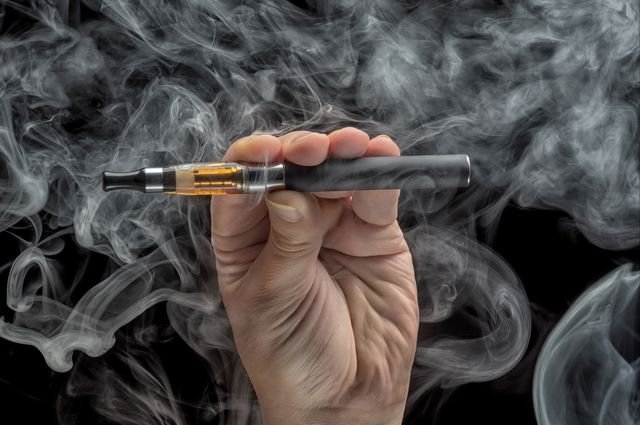
By Junaid Toru
In recent years, vaping in Pakistan has become a fast-growing trend among young people. Sleek devices, flavored cartridges, and the false belief that vaping is safer than smoking make it especially attractive to teenagers. The reality, however, is dangerous. According to the World Health Organization, the nicotine in e-cigarettes harms the heart and brain, creating powerful addiction. The U.S. Centers for Disease Control and Prevention (CDC) reports that nearly 80% of young people who start vaping eventually move to cigarettes or other drugs.
The problem is particularly alarming in Pakistan, where vaping products are sold openly in markets and online without regulation. Inside schools and colleges, many students vape freely. On social media, influencers promote it as a stylish lifestyle. Parents and teachers, often unaware of the risks, fail to intervene. As a result, children remain vulnerable to both physical and psychological harm.
Health experts warn that vaping increases the risk of heart disease and lung disorders. Prolonged use may cause life-threatening conditions such as “popcorn lung.” During adolescence, nicotine disrupts brain development, reducing memory, focus, and learning ability.
Several countries, including India, Singapore, and Brazil, have banned vaping, while the U.S. and U.K. enforce strict regulations. Pakistan, however, lacks any clear policy, which allows the crisis to spread unchecked. This negligence could push an entire generation into long-term addiction and disease.
It is time for decisive action. The government must restrict the import and sale of vaping products. Schools should launch awareness campaigns, while parents need guidance to protect their children. The media should highlight the dangers rather than glamorize vaping as a fashion trend.
Vaping in Pakistan is not just a passing fad. It is a growing public health tragedy that threatens the future of the nation’s youth. Without urgent measures, tomorrow’s generation will face an addiction far harder to escape.










